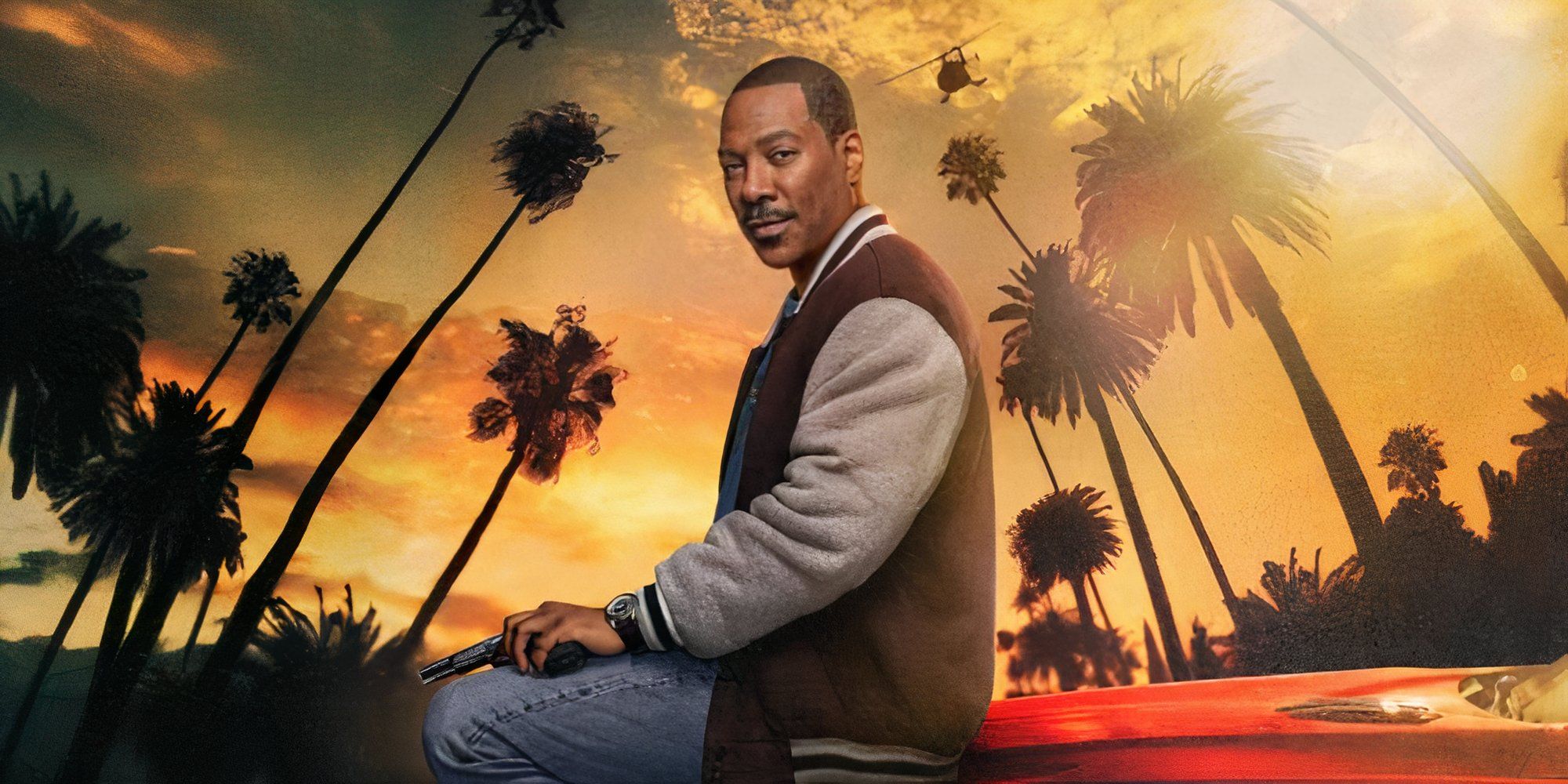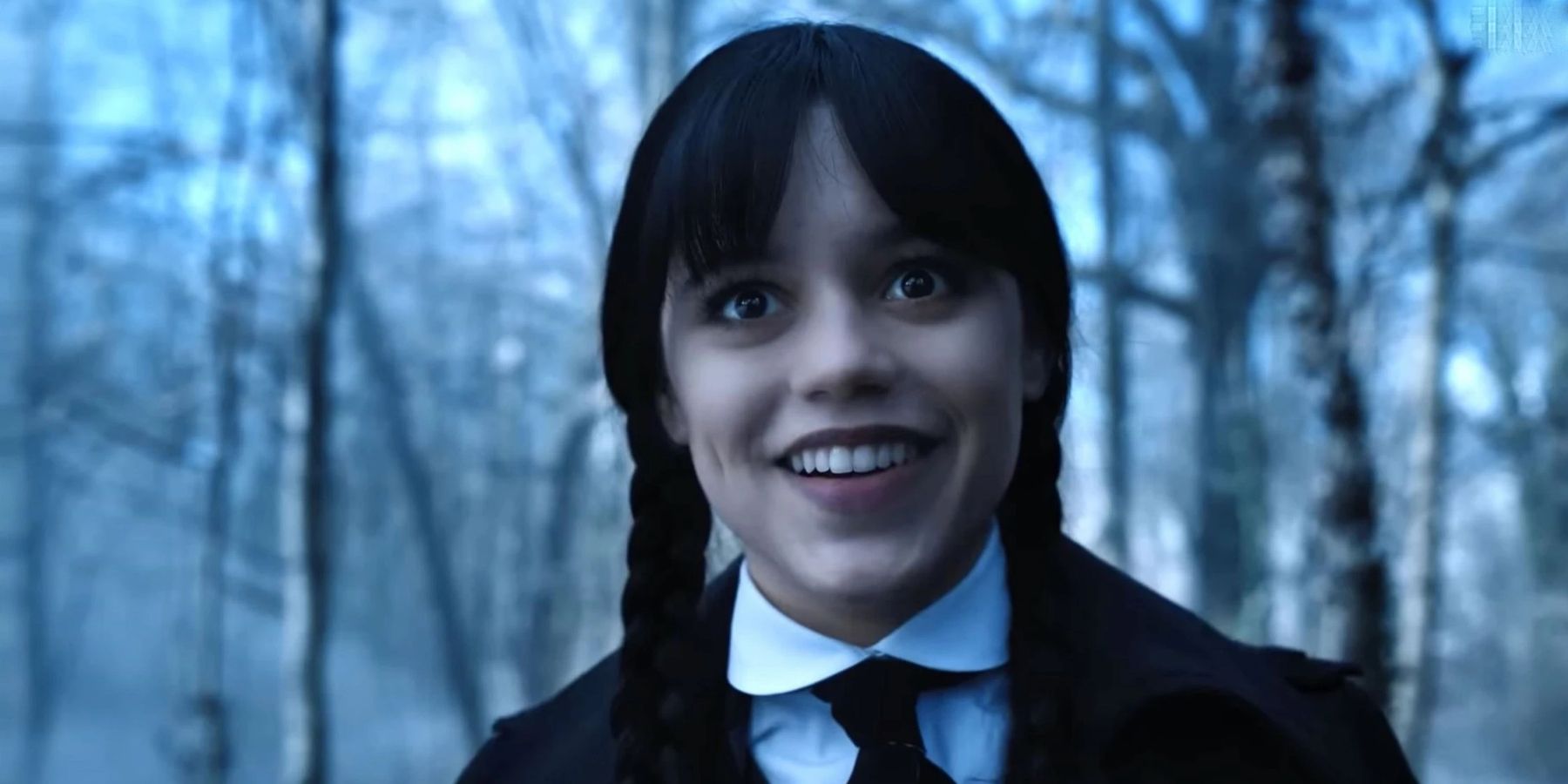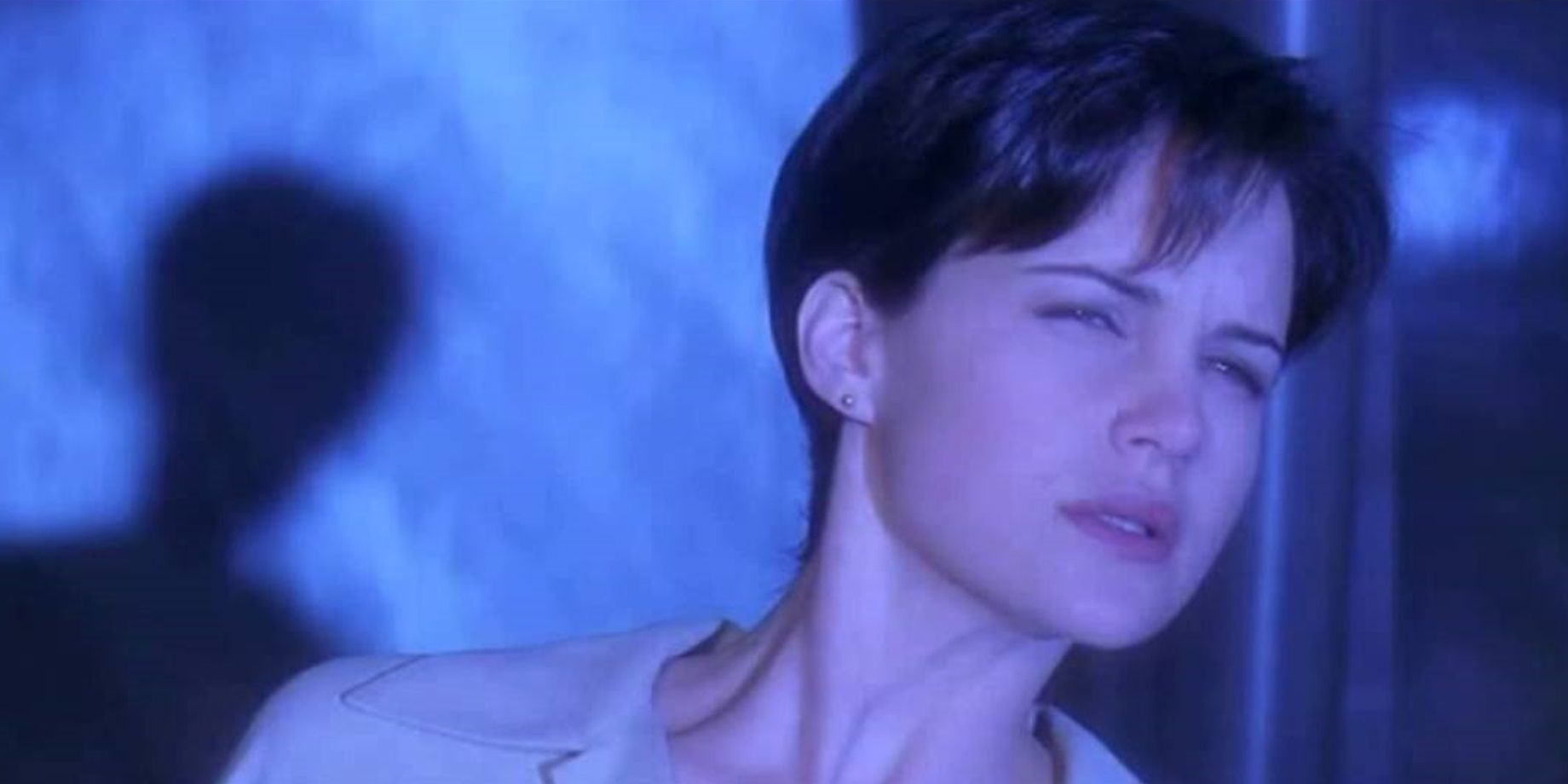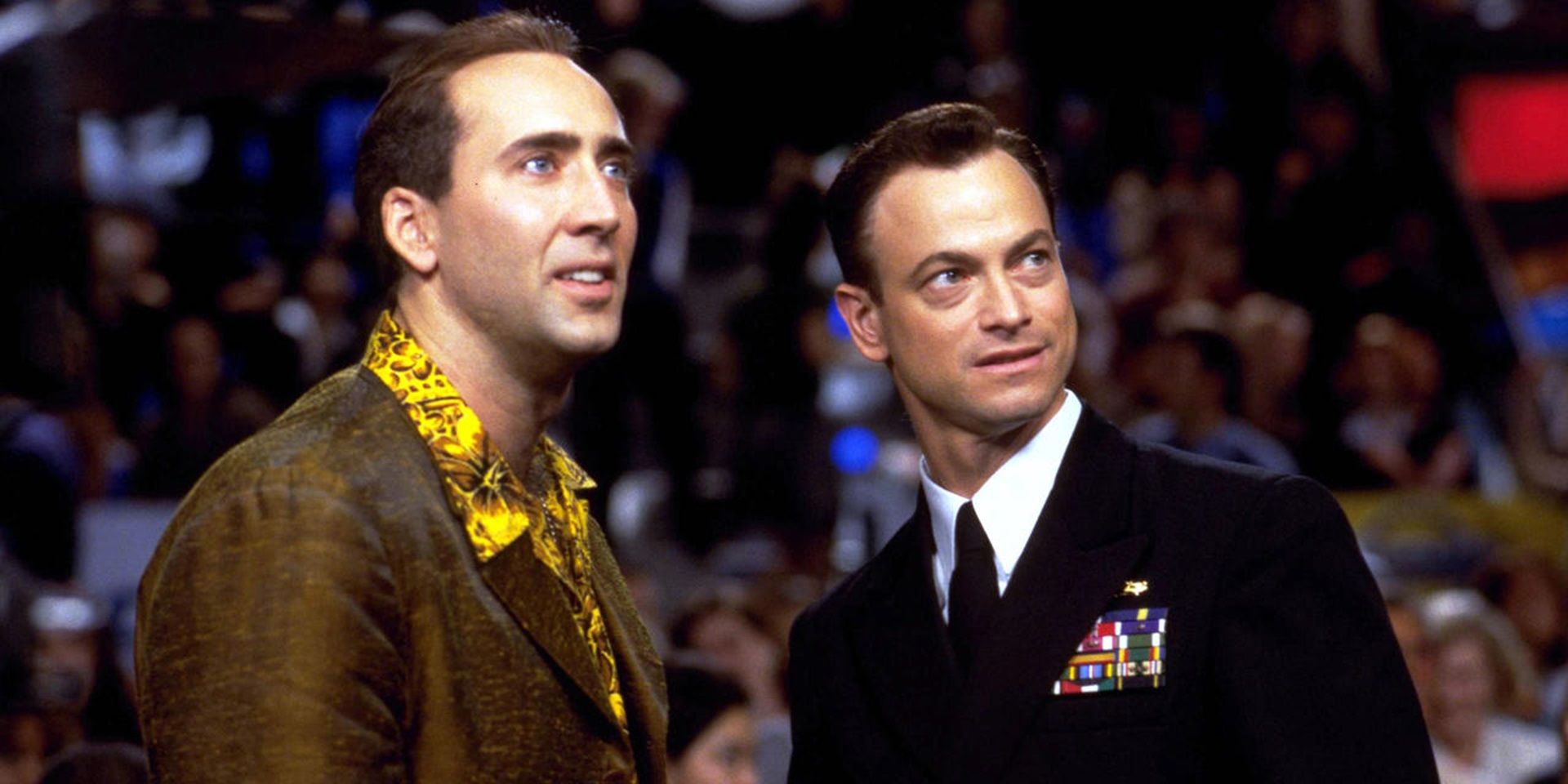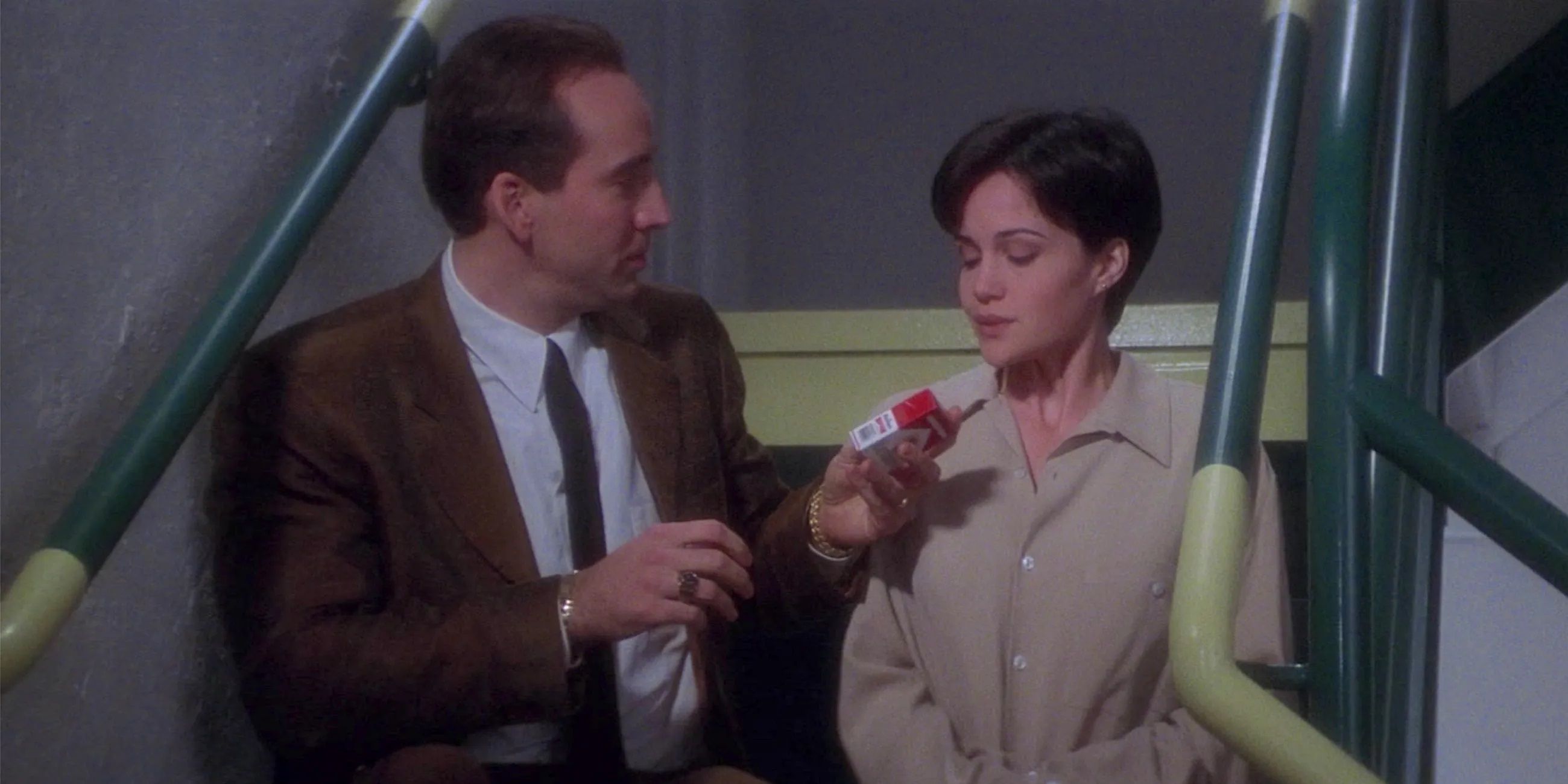1998’s Snake Eyes is one of Brian De Palma’s most underrated movies. It was met with a mixed critical reception, which was shortly followed by its underperformance at the box office. Contemporary critics complained that the plot is too convoluted and the pacing is all over the place. But those are minor complaints in a movie that’s as hyperstylized and gorgeously shot as Snake Eyes. Every scene has something exciting going on, the camera is rarely still, and Nicolas Cage is always a joy to watch. But, as enjoyable as Snake Eyes is, it would’ve been a lot better if De Palma had been able to pull together its original ending.
Cage stars as Detective Rick Santoro, a crooked cop attending a boxing match in a casino in Atlantic City. Rick unwittingly finds himself at the center of a complicated conspiracy after a ringside political assassination. De Palma spent most of his directorial career paying homage to Alfred Hitchcock, but Snake Eyes made use of Akira Kurosawa’s “Rashomon effect,” with conflicting accounts of the same incident. Scenes are shown from multiple perspectives, always revealing new details (often contradicting old details) in this delightfully twisty thriller.
How The Ending Of Snake Eyes Was Changed
In Noah Baumbach and Jake Paltrow’s documentary De Palma, the eponymous director outlined his original ending for Snake Eyes. The script culminated in a massive tidal wave crashing through the casino. However, given the extensive visual effects required to pull off this climactic sequence, it was scrapped in post-production and the ending was reshot. The ending that appears in the movie is just a tense standoff between the characters, which only cost the producers the actors’ salaries and the price of film stock.
The ending was changed so late in the making of Snake Eyes that a lot of the build-up and aftermath of the original finale were left in. The whole movie is interspersed with weather reports on the worsening storm as it gradually achieves hurricane status. Toward the end, an ambulance is seen driving by the ocean with a giant wave about to hit it. Without the original ending, this is foreshadowing with no payoff. In the closing scene, Rick even mentions that he nearly drowned, something that isn’t actually depicted in the final cut. Not only would the original ending have made Snake Eyes more coherent; it would’ve better served the themes of the story.
The climactic flooding of the casino would’ve added a religious angle to the ending: God washing away all the sinners. Snake Eyes was envisioned as a stylish, action-packed examination of a corrupt world beyond redemption. But, the way it turned out, it’s just a standard Hollywood action movie. It’s a fun and engaging and inventively constructed action movie, but it doesn’t transcend its genre.
Nicolas Cage's Performance Is His Wildest
Cage is renowned for giving outrageous performances. He played a rockabilly hood in Wild at Heart, twin screenwriters in Adaptation, a lovable kidnapper in the mold of Wile E. Coyote in Raising Arizona, he got into a chainsaw duel in Mandy, and he played a terrorist who swapped faces with an FBI agent in Face/Off. His uniquely zany acting style reinvented what a screen performance can be. In Snake Eyes, Cage gives what is quite possibly the wildest turn of his career. From the opening frame, Cage dominates the screen. He spends the movie wearing a brown sport coat over a golden-yellow Hawaiian shirt, and his performance is just as lively and rambunctious and over-the-top as his wardrobe.
How Brian De Palma Copied Quentin Tarantino
In the 1970s and early 1980s, De Palma made his name with ultraviolent Hitchcockian thrillers like Carrie and Blow Out. De Palma took the narrative framework of an old Hitchcock movie and presented a blood-soaked modern version that wasn’t restricted by the Hays Code, which held Hitch back in the age of stricter censorship. Obsession is De Palma’s homage to Vertigo; Dressed to Kill is his homage to Psycho; Body Double is his homage to Rear Window. In the late ‘80s and through the ‘90s, De Palma started to branch out into new genres: Casualties of War is his take on a Vietnam War movie; Mission: Impossible is his take on a James Bondian spy caper; and Snake Eyes is De Palma’s take on a stylized Tarantino-esque thriller.
Snake Eyes is full of Tarantino trademarks, from nonlinear storytelling to the darkly comedic blend of graphic violence and quippy dialogue to an abundance of pop culture references. Rick sarcastically calls his friend “007” for having a homing device; someone else sarcastically calls Rick “Columbo.” Many directors were influenced by Tarantino’s stylistic revolution in the ‘90s, from Guy Ritchie to Doug Liman, but it was particularly interesting that De Palma borrowed from the Pulp Fiction playbook, because De Palma was one of Tarantino’s earliest influences. After De Palma inspired Tarantino to make movies, Tarantino was able to return the favor to his idol.

